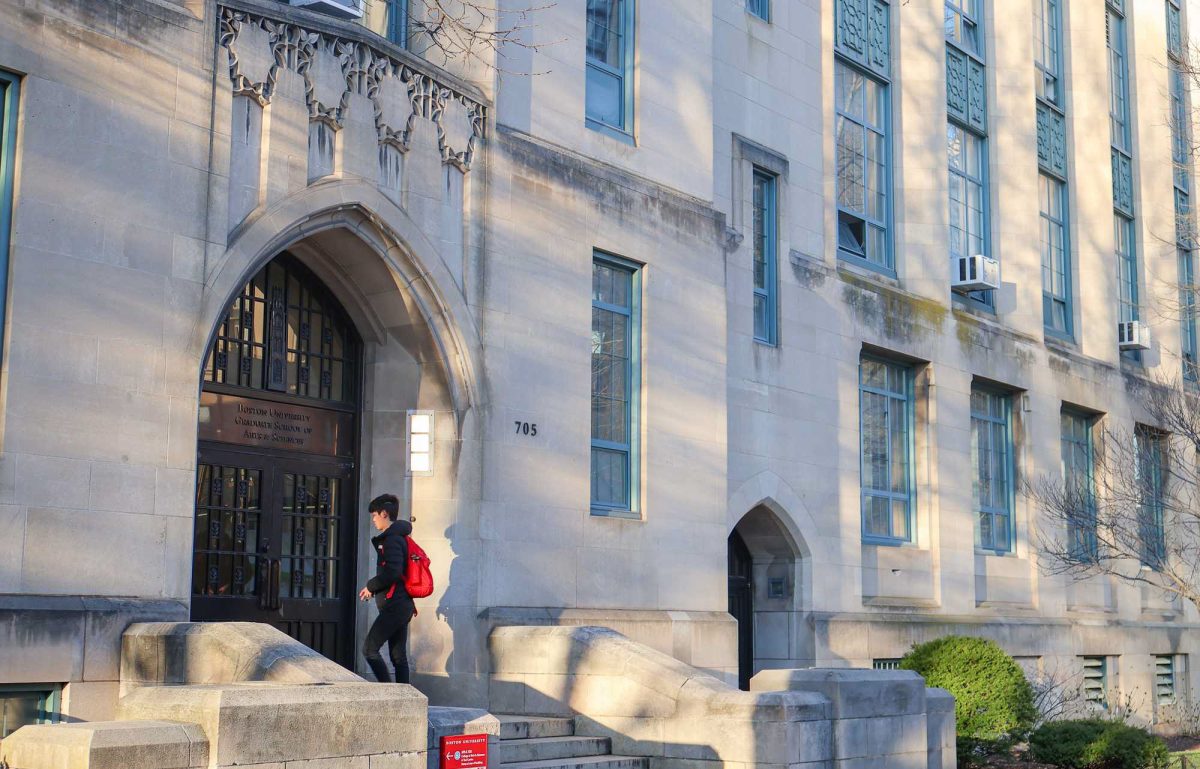In the past year, Boston firefighters have suffered from faulty fire trucks in addition to the burning buildings that endanger them. However, a recent study has revealed a new risk factor for firefighters: themselves.
A study co-authored by the Boston University School of Medicine and Harvard University School of Public Health reported that nearly 75 percent of new recruits for fire and ambulance departments are overweight. The study was published in ‘Obesity,’ an online medical journal, March 19.
‘Nearly half of firefighters who die on the job die due to cardiovascular events, such as heart attacks,’ study co-author Antonios Tsismenakis said. ‘There’s a higher likelihood of having a cardiovascular event with increasing risk factors like cholesterol and blood pressure and with increasing weight.’
However, National Fire Protection Association spokeswoman Lorraine Carli said ‘the numbers of cardiovascular events in 2008 were the lowest on record . . . and the numbers are trending down.’
Still, the downward trend in firefighters dying from heart attacks correlates with a downward trend in the number of fire calls received.
Despite the study’s results, Boston’s firefighter recruits are not gravely unhealthy, Boston Fire Department spokesman Stephen McDonald said.
‘Do we have people that are overweight?’ he said. ‘Sure, but we have people that run marathons, too.’
McDonald said BFD recruits are thoroughly screened, and only the best of the best make it into the fire department.
‘Our recruits pass a fully inclusive medical examination and a strength test before they’re even offered employment,’ he said. ‘Once a recruit is in the fire academy, which is 16-weeks long, every day is exercise.’
These strength tests, which include climbing ladders while wearing fifty pounds of equipment, are created to emulate the stresses of fighting fires, McDonald said.
The authors of the study looked into the cardiovascular health of the recruits rather than evaluating them by the fire department’s physical fitness tests, Tsismenakis said.
‘We put firefighters on a treadmill for a stress test, and upped the speed at regular intervals,’ he said.
According to the National Fire Prevention Association, a nonprofit organization that assists fire companies with setting standards, all firefighters should be able to reach a score of 12 Metabolic Equivalents, or METs, on the treadmill stress test. One MET equals the speed of one’s metabolism while sitting.
Tsismenakis said seven percent of overweight recruits and 42 percent of obese recruits could not reach 12.
‘What we found was that with an increase in Body Mass Index, everything went down: exercise tolerances, metabolic readings and stress tests,’ he said.
Tsismenakis said his results were most startling when compared to national obesity rates.
‘According to the Centers for Disease Control, Massachusetts has the second lowest obesity rate in the country, and that makes this pretty shocking,’ he said. ‘There’s a high likelihood that this is a big issue around the country where the rate is much higher.’
BFD firefighters had not returned calls for comment at press time.





















































































































